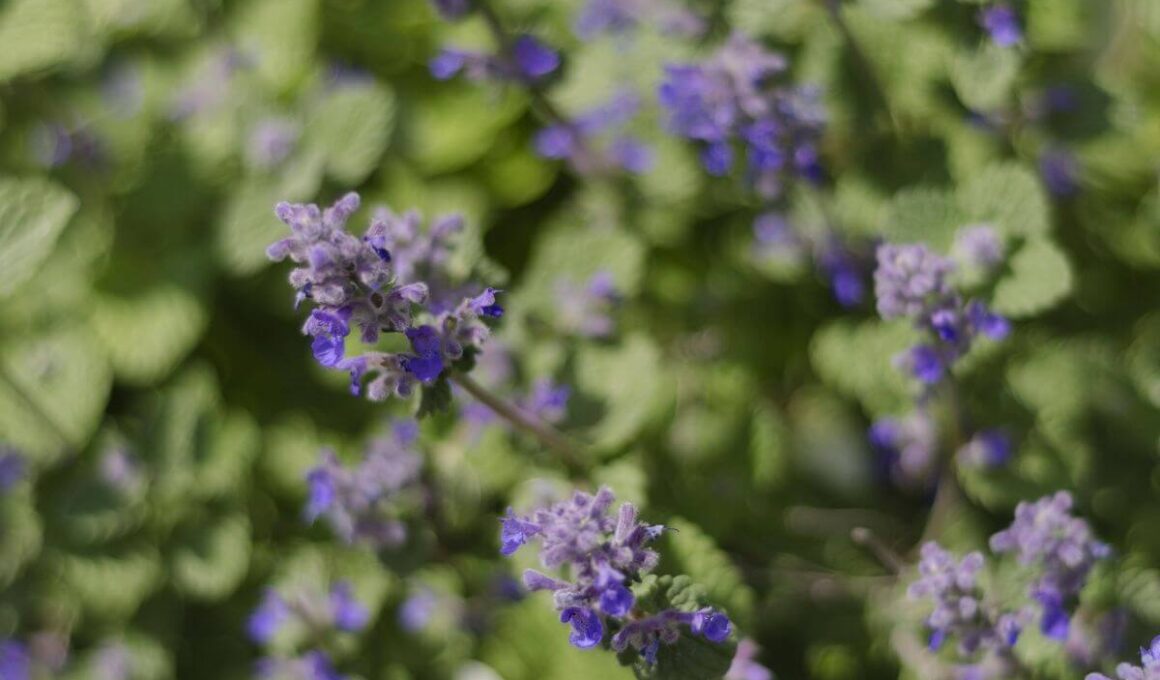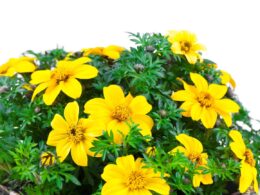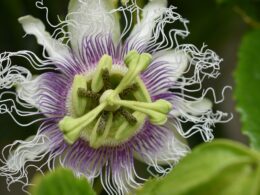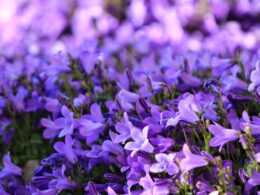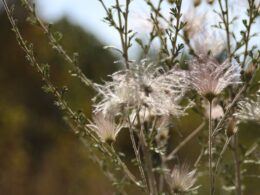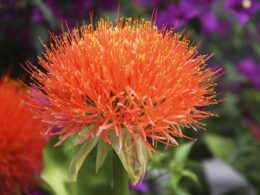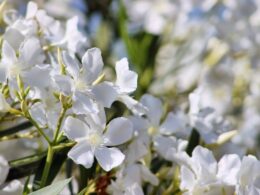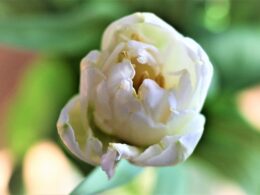The Catnip Flower: Basic Information
If you’re a cat lover, then you’ve probably heard of catnip. This perennial herb is part of the mint family and its scientific name is Nepeta cataria. Catnip flowers grow in North America, Europe, and Asia, and have been introduced to other parts of the world including Australia and South Africa. The plant is from the Lamiaceae family and is also known as catmint, catswort, and catwort.
Catnip Plant Appearance
Nepeta cataria, commonly known as catnip or catswort, is a short-lived perennial herbaceous plant. It grows to be 50–100 cm (20–40 in) tall and wide, and features brown-green foliage with the characteristic square stem of the mint family.
Catnip Flowers
Catnip flowers throughout the year, from late spring through late fall. The tiny flowers (about 1/3 inch long) are produced in dense clusters. The catnip flower is white or almost white, with purple spots, and it has a strong smell.
Catnip Flower Distribution and Habitat
The plant is native to Europe, Asia, and Africa, and has been introduced to North America and Australia. Catnip is frequently seen in dry disturbed areas, roadsides, old farmlands, waste places and home herb gardens.
Catnip Flower Growing Conditions
Catnip flowers are easily grown in most environments and require very little care. They grow best in full sun, but tolerate partial shade. The plant is tolerant of poor soil and can even thrive in rocky or sandy soil.
Once established, catnip is drought tolerant and does not need much water. In fact, overwatering can cause the plant to become floppy and weak. The catnip herb can be propagated by seed, cuttings or division.
The Uses of Catmint
The active ingredient in catnip is nepetalactone, which is a volatile oil that is similar to the chemical structure of menthol. When cats smell nepetalactone, it binds to receptors in their nose and produces a pleasurable sensation. Some people liken the effect of catnip on cats to the effects of marijuana on humans.
However, catnip is not addictive and does not produce any harmful side effects. In fact, many people believe that catnip can be beneficial for cats, helping them to relax and reducing stress levels. Catnip is also used as an insect repellent for mosquitoes, ants, and cockroaches. The plant has a long history of use in folk medicine, and it is still sometimes used today as a remedy for colic, headaches, and digestive problems.
How to Grow and Plant Catnip Flowers?
To grow catnip from seed, it’s best to soak the seeds for a night before sowing. The germination will take place in 10-14 days. Once the plants are big enough to handle, move them into individual pots or into the garden. Space them around 18 to 24 inches apart.
Catnip Flowers Pests and Diseases
Catnip flowers are not typically bothered by pests or diseases. However, it can be susceptible to mites and aphids. If these pests become a problem, treat the plants with an insecticidal soap or neem oil.





